Dear Editors,
I received the November issue of your magazine today and I enjoyed it very much. I found one item in this particular issue troubling though. On page 82 there is a photo depicting a group of American soldiers in a German POW camp. I would like to know in which camp was this photo taken? The reason I ask about this photo is because I was a POW in Germany during WW II and I believe this to be a fake. I was passed through three separate camps before ending up permanently in Stalag 13-D. In none of those camps did I see a place such as the one in this picture. I strongly believe this photo to be a fake. In all the camps I went to, I was lucky to have a bunk with boards to sleep on, there were no pillows or white sheets. Also, the boys in the photo look clean, wearing fresh clothes and appear well groomed—the guys I was with had long hair, lice, and were filthy! When I got home, quite a few people asked me how it was to have been in a POW camp. When I tried to tell them, I could see on their faces that they did not believe me, I even had one uncle call me a liar because he had seen the program “Hogan’s Heroes” on TV. I spoke at several high schools on this subject and now I’m wondering if some of the students I spoke to will call me a liar after seeing a picture of this sort. I should have known better though, a friend of mine who was also a POW (of the Japanese) told me that some people made it so tough for him at home that he had to move away!
Alphonse Wolak
Foley, Minnesota
Since the photo in question was distributed by the Red Cross at the time, it is impossible for us to accurately comment as to whether the conditions depicted were real, or perhaps embellished. Considering your personal experience as a POW, we certainly won’t argue with you on the matter.
Glacier Girl
Dear Editors,
I recently received my first issue of World War II History magazine. While growing up my favorite subjects in school were literature, geography and history. When I look at a magazine, I usually thumb through it and read what catches my attention, and then come back at a later date to read all the stories. When I got to the back cover of the November 2004 issue, I received a very nice surprise. There was an ad on the back cover about the “Lost Squadron” and the P-38F Lightning which was later named “Glacier Girl.” The picture in the ad shows the P-38 “Charlie” piloted by Lieutenant Robert Wilson. The P-38 known as “Glacier Girl” was piloted by 1st Lt. Harry L. Smith. He was the last to land, and seeing what happened to the other P-38’s propellers, it appears he cut his engines and coasted through the last stage of his landing. In 2002, my sister and I were able to witness the plane’s first flight since landing on the ice cap in Greenland in 1942. I would very much like to see WW II History run a story on the “Lost Squadron.” If you have not, I think it would be a great story to follow from the beginning of the mission, and on to “Glacier Girl’s” restoration and “first flight,”which my sister and I were lucky enough to witness.
Bertha Jane Seymour
Middlesboro, Kentucky
William “Bull” Halsey
Dear Editors,
I enjoyed the profile of Admiral “Bull” Halsey in the November issue of your magazine. The author made a reference to Admiral Halsey’s penchant for alcohol, but the story does not end there. Halsey allowed whiskey on all the ships in his fleet. He felt that despite the strict Navy rules banning alcohol on ships, his men worked quite hard and deserved some spirits on board to help them unwind during their down time. While he did run the somewhat obvious risk of having a number of men drunk on duty, or even a possible ship fire, it is just another example of Halsey’s willingness to break the rules when he felt it would help his men. Such acts would endear Halsey to the common deckhand.
Oreste Manning
Lutz, Florida
“Pappy” Gunn
Dear Editors,
I have just finished reading the November 2004 issue of WW II History, which I enjoyed very much. A statement in the magazine left me open-mouthed in wonder however, and I hope someone might advise me on the subject a bit. I consider myself fairly knowledgeable in the matters of modern history, and particularly the history of WW II. I was, however, astonished by a reference on page 14 to the B-25 bomber. In discussing the U.S. air raids in the Philippines during April of 1942, it was stated, “At some point, either during the Royce mission or sometime afterwards, Gunn landed a B-25 on a beach to pick up a young Japanese-American intelligence specialist who was being brought out of the country after having infiltrated the Japanese headquarters in Manila.” Can the reference to such an extraordinary intelligence operation possibly be correct? If so, is there someplace else I can read more on the subject? I would think this would make an extremely interesting article for the magazine.
John W. Dougherty
Port Washington, New York
We agree that landing a B-25 on a beach is no small feat. Much of the information for our story concerning that event was taken from the author’s personal conversations with Nathaniel Gunn (Paul’s son), and since the information was only recently declassified, we don’t have an extensive list of sources to point you towards. As a good starting point, we would, however, recommend the book Pappy Gunn by Nathaniel Gunn .
Dear Editors,
I greatly enjoy your magazine, and always share it with my father, a World War II veteran who served on an LST in the Pacific. He was particularly interested in the article covering the Battle of Leyte Gulf, as he was present during the incident. He took glee in pointing out the picture of the Helldivers on page 47 of the November issue, the one which shows the airplanes heading toward the sun setting in the east.
Merrill Fisher, Jr.
Brookhaven, Pennsylvania

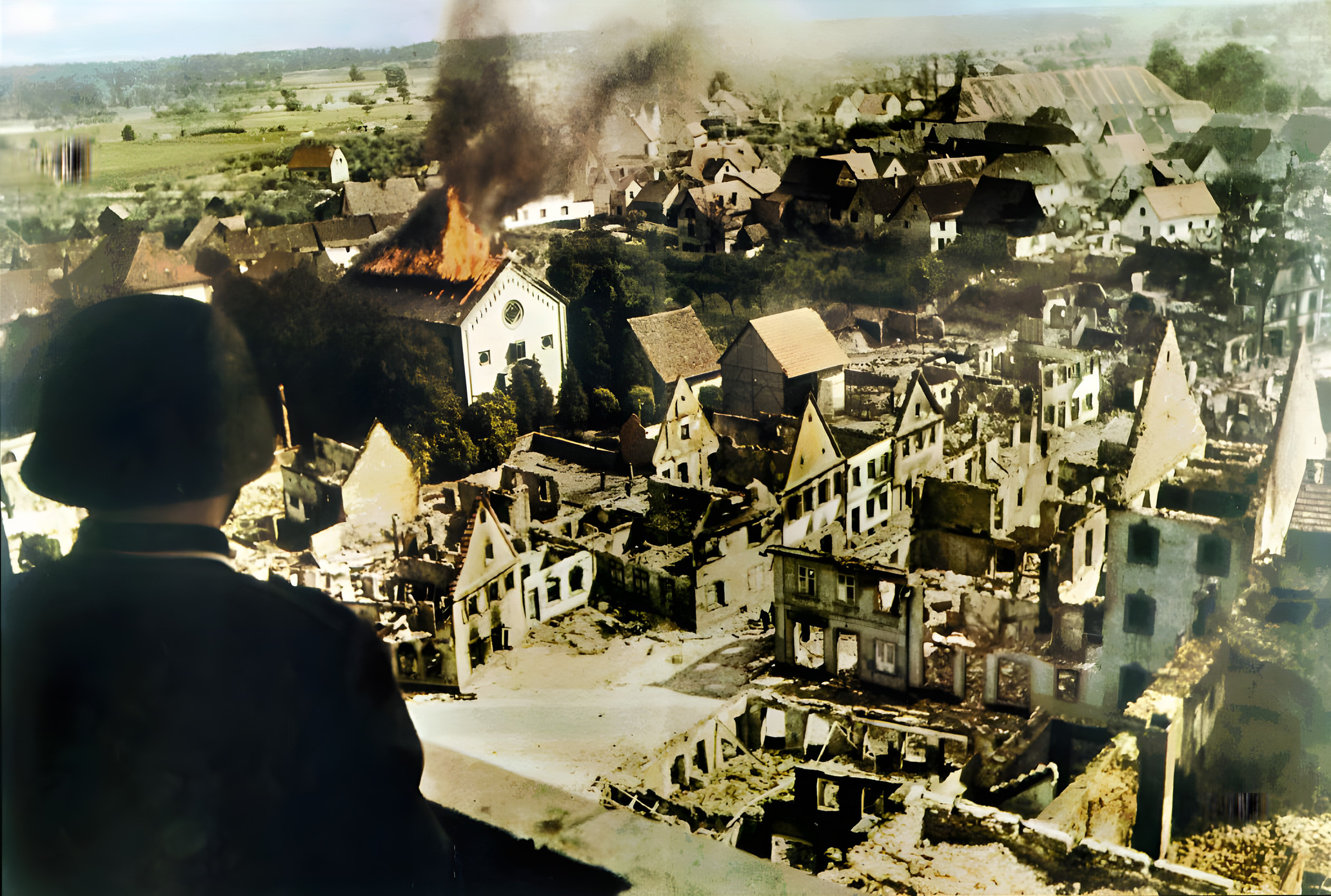
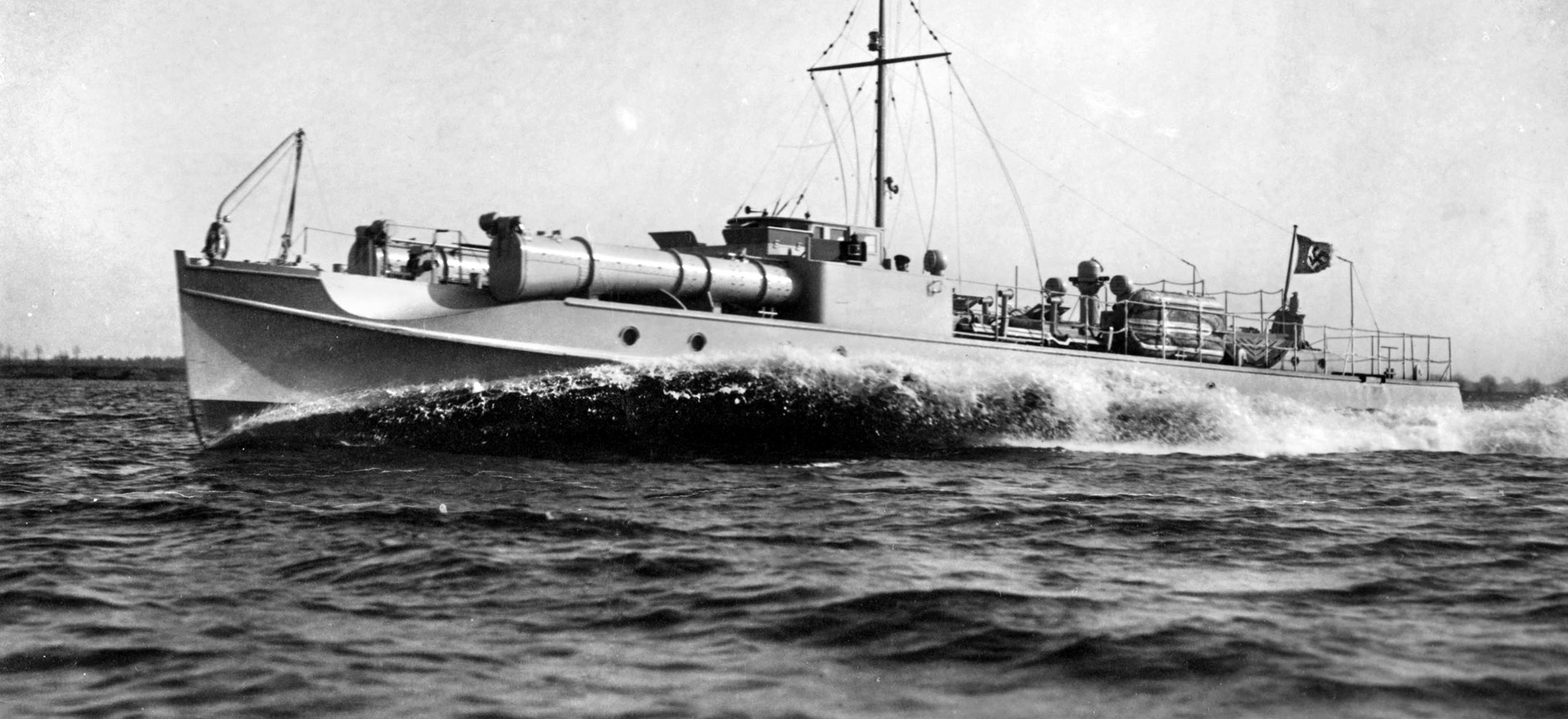

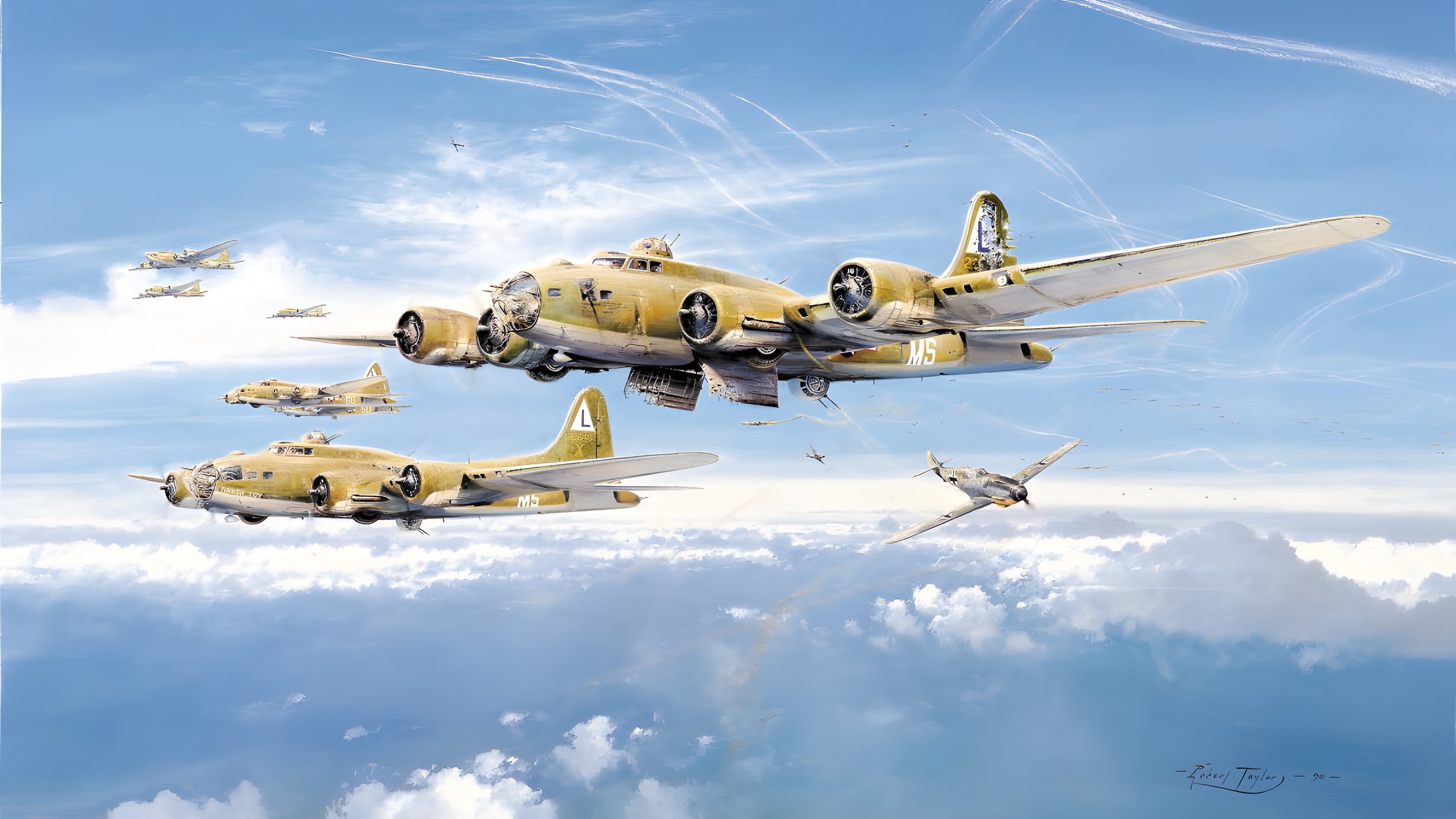
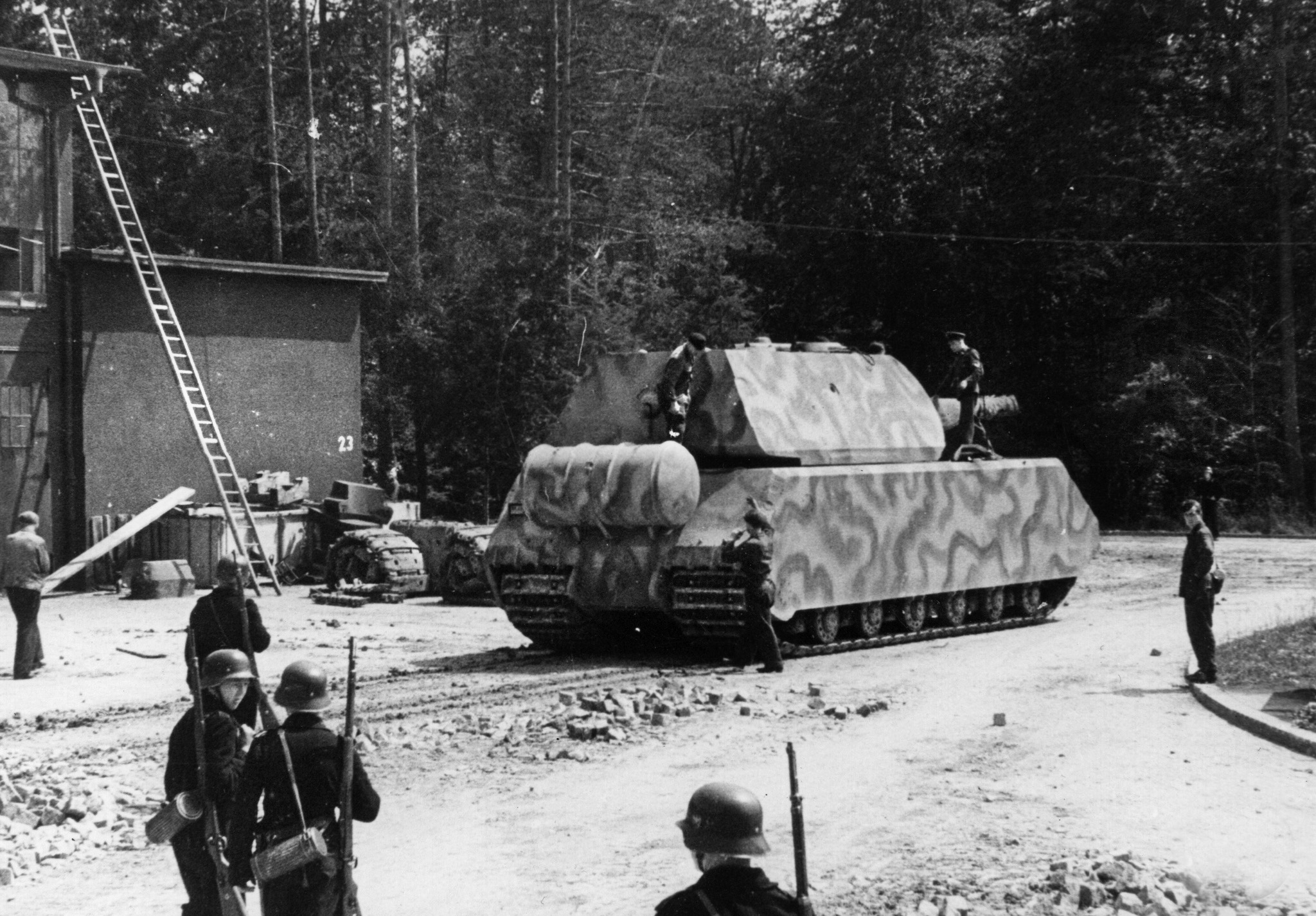
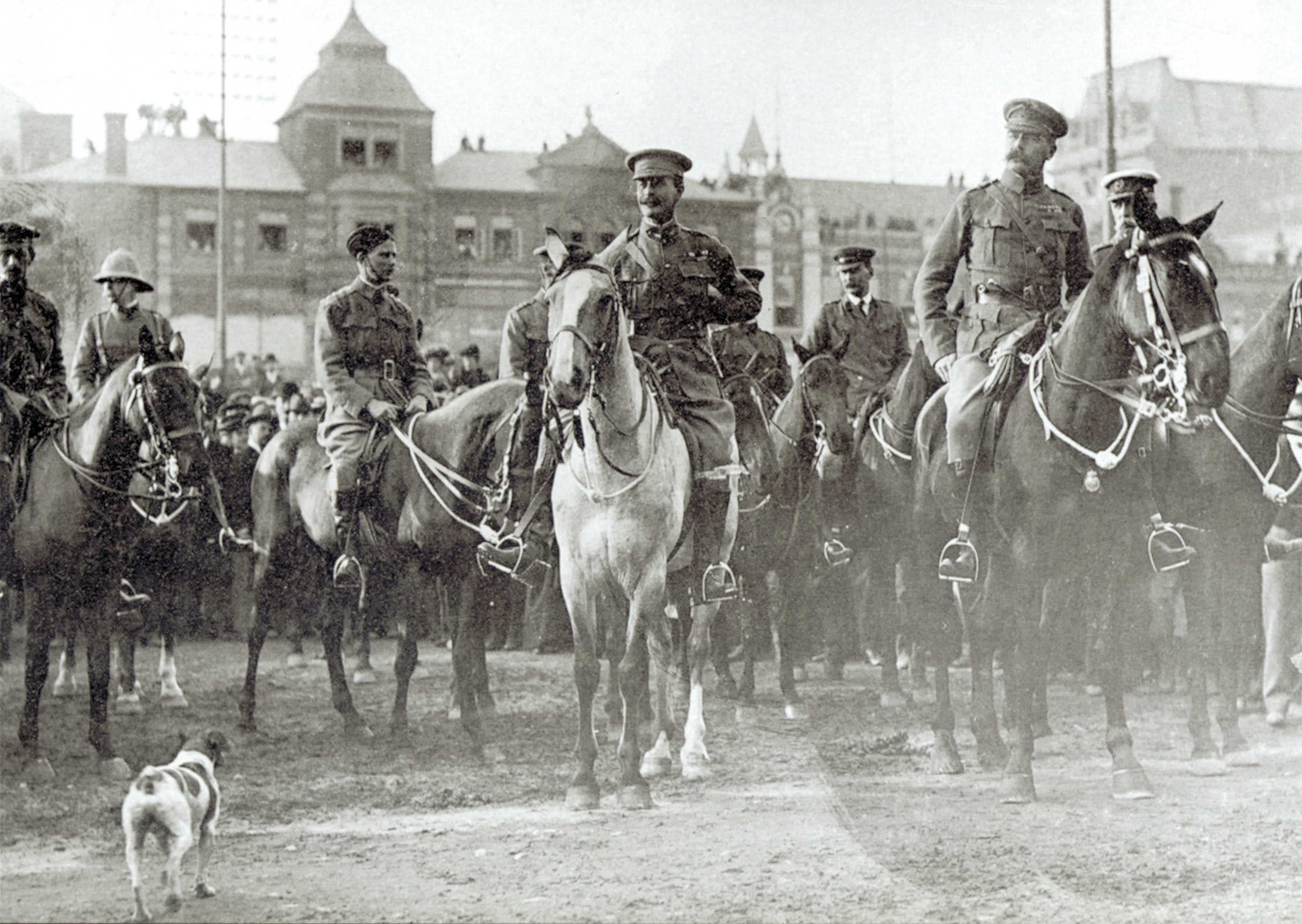
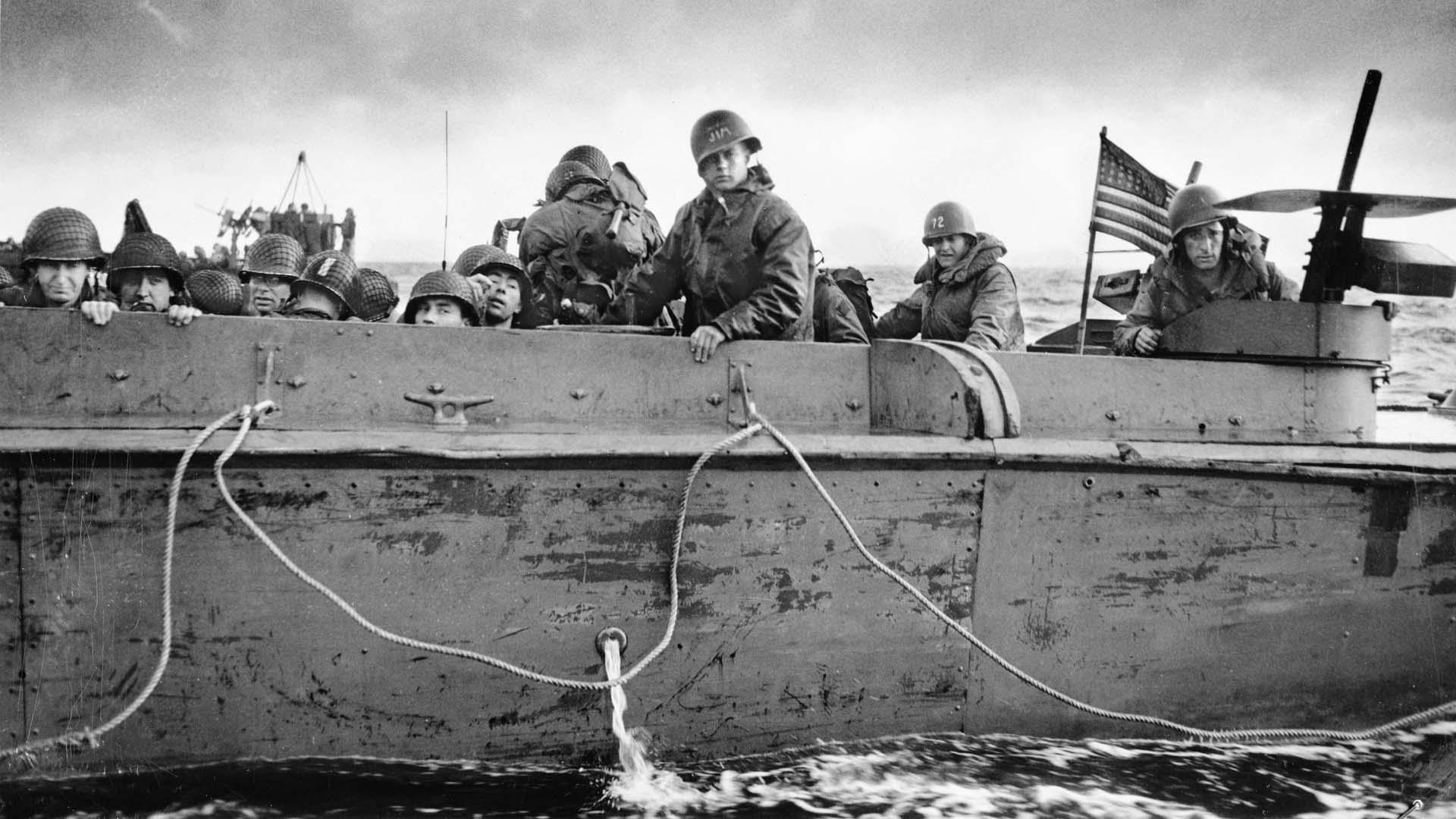
Join The Conversation
Comments
View All Comments